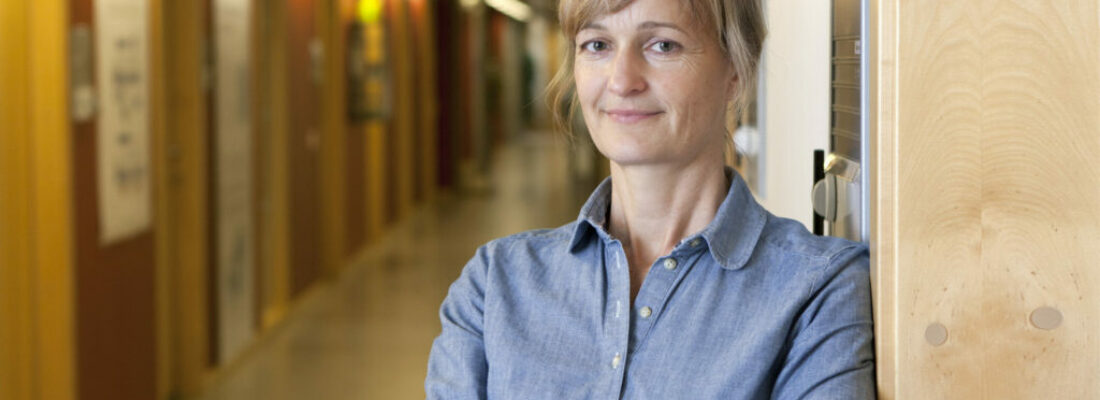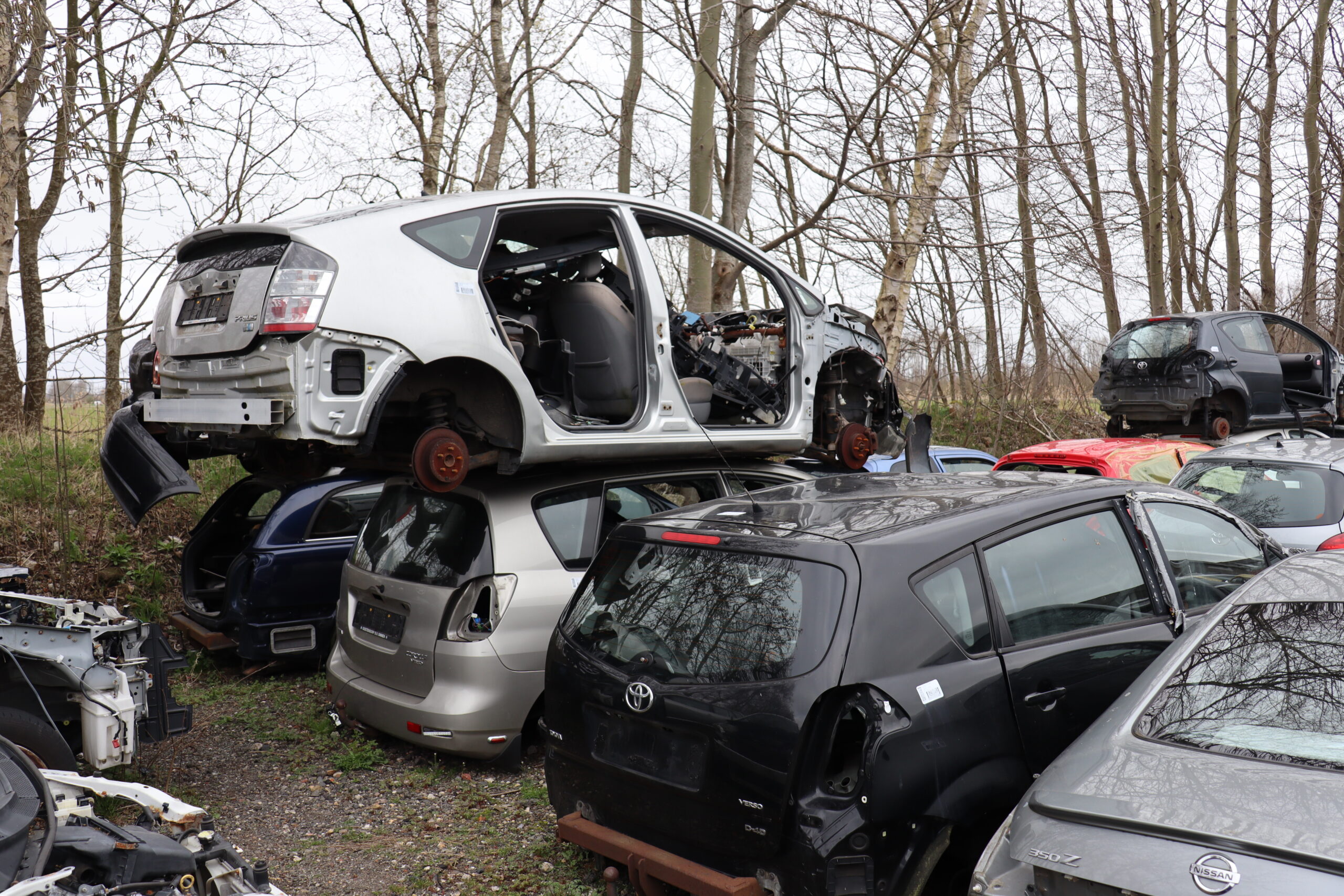European recyclers are overlooking large quantities of valuable metals. Valuable materials go to waste, simply because recycling is to hard or the quantities per product too small. Researchers estimate that every year in the EU, 20,000 kilos of gold – and similar quantities of other valuable metals – are lost as a result of cars being scrapped or ending up outside the EU. GreenLight asked Maria Ljunggren Söderman to point out the pot of gold and to explain the point of the Urban Mine Project.
Tekst ARN Redactie
Modern cars contain more and more high-tech electronics and light-weight materials and therefore more and more rare and valuable metals. Europe’s entire car fleet alone contains more than 400,000 kilos of gold. Of these, 20,000 kilos are lost annually. At present, it is often not economically attractive to remove the relatively small quantities of material, but the metals discarded are becoming increasingly scarce and some are extracted in conflict areas by means of environmentally polluting processes.
Take-away: awareness
The big take-away from the research, according to Maria Ljunggren Söderman,Researcher at the Environmental Systems Analysis Division of Gothenburg’s Chalmers University, is awareness. “It is not just gold that is lost. We are talking about silver, cobalt and other materials that are used in cars. These metals are in our cars today, already in quantities that are similar to those in electronics. Some will increase when electric cars become more common. Cars are a source of critical metals to be reckoned with.”
Although scouting the lifecycle of all of these materials was not part of the research that Söderman and her colleagues did, large quantities of several other metals are not detected, nor picked from recycling lines in Europe. The team created a database of materials in cars and projected how much and when these materials would become available for recycling – the so-called ‘Urban Mine Platform’. The platform shows where each type of metal comes from. Far from all can be recovered at present because commercial-scale recycling processes for many of these metals are not available.
The message
“The message of the Urban Mine Platform is that these critical and scarce metals in our products have increased substantially, and in most cases, we only use them once. This must be addressed, especially because these metals are required for many of the sustainable technological solutions that we currently have on the table,” she says.
“Metals, such as gold, cobalt and lithium, are an indispensable part of our batteries, mobile phones, electronic gadgets and vehicles. At the same time, Europe is highly dependent on imports of metals, which makes some of them critical for the EU.”
In other words: the more recyclers are able to extract gold and other metals, the more Europe will be able to reduce its demand for them. That would de facto result in less environmentally damaging resource extraction elsewhere.
Eye-opener for recyclers
The database can be an eye opener for recyclers. Söderman: “The first step would be to look at the data! Have an understanding of the magnitude of the stream of metals that are used.” The scientist is careful not too point her finger towards manufacturers or recyclers, but imagines that knowing about what metals can be found helps decide about investment in new recycling methods and facilities.
According to Söderman, the findings that are presented by the urban mine platform could also be important to policy makers in the EU countries, that are looking for ways to support recycling in the circular economy. Obviously, car manufacturers can play their part, by offered support and guidance to recyclers where to find these materials in their products and how to reclaim them in the recycling process. Söderman: “There is still some work to do in the vehicles department. In fact, available research articles on car recycling is only one fourth of that of electronics recycling. Let us say there is ample opportunity for next steps in the automobile industry and recycling research.”
The Urban Mine Platform is a rich resource of data that could support the EU’s quest for a circular economy. Every stake holder can draw their own conclusion from the available data. Like policy makers? Do more to make recycling of valuable metals more successful. Recyclers? Be aware of what metals fall through the holes in the imaginary sieve. Car makers? Share more information, in your extended producer responsibility. Support recyclers, help them do their job.
Urban Mine Project
The Urban Mine Platform is a direct result of aEuropean project, funded by Horizon2020, as part of a goal defined by the European Commission to increase the knowledge of critical raw materials in the EU.
More about the project: https://www.chalmers.se/en/projects/Pages/Prospecting-Secondary-Raw-Materials-in-the-Urban-Mine-and-Mining.aspx
The list of elements mapped for vehicles is listed here (view the dropdown menu at the top right hand side): http://www.urbanmineplatform.eu/composition/vehicles/elements



